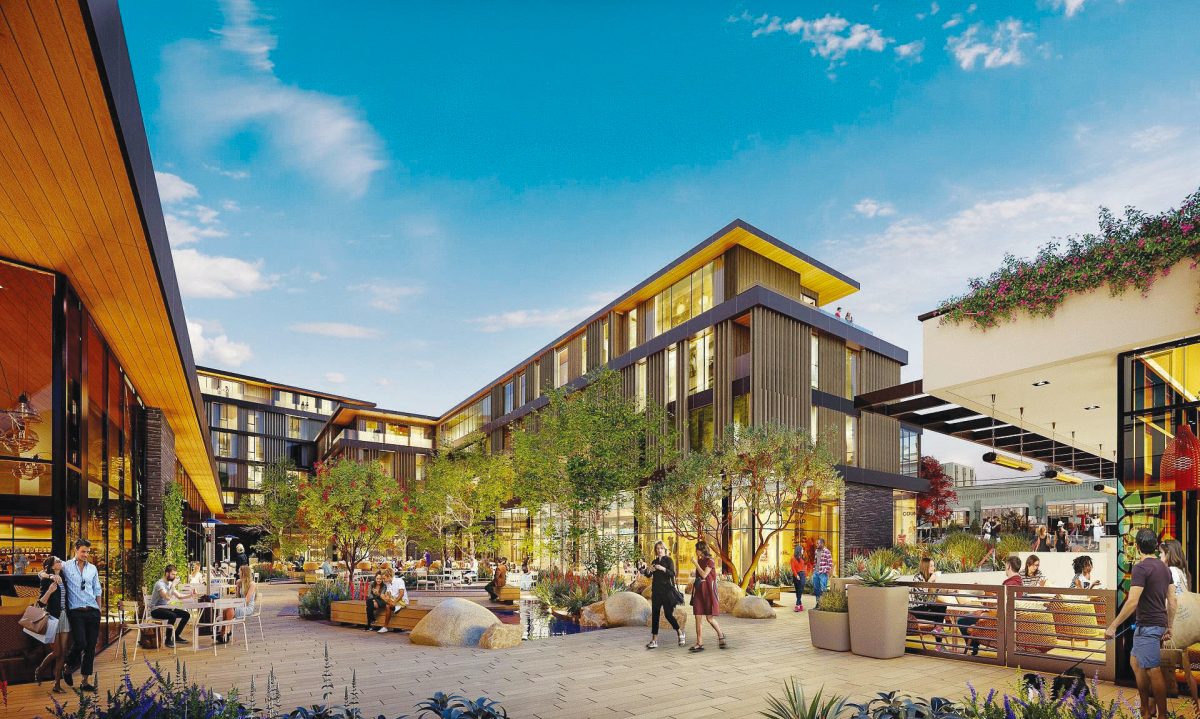Point Counterpoint: network vs. streaming
August 26, 2022
Connected by cable
By Daphne Davies
When I picture my mother’s childhood, one of the first images that comes to mind is her settling into the roller-arm sofa in her East London living room like clockwork every Monday evening, keenly hoping that week’s episode of Doctor Who — broadcast on one of three British networks — would be enough to tide her over until next Monday. Five thousand miles away, my dad would be sitting on his own couch in his own living room in a sunny coastal California town, flipping network channels, watching ten-minute increments of obscure movies that added up to a whole. And then after their paths crossed years later, they would do the same thing together in front of the now-cable TV on their couch in their Berkeley apartment.
This shared activity isn’t now extinct from their relationship — they have more than a few shows in common — but by and large, they watch TV independently. Like myself and most of us, they aren’t technically watching TV. Instead, it’s shows on streaming platforms like Hulu, Netflix and HBO Max, where media is available to watch on-demand — another manifestation of the constant replacement of old with new in our modern world.
Streaming services exist to give us more choice and autonomy — the ability to decide what we want to watch, where and in what quantity. But in doing that, they fail to preserve the most valuable aspects of network and cable TV. For one, most people, like my parents, only had access to a limited range of movies and shows throughout the second half of the 20th century. This selectivity brought people together — simply because more people were watching the same things. With the abundance of streaming services we now have, not everyone is paying for the same access to entertainment as their friends. Even if they are, Netflix alone has over 5,000 shows and movies, giving subscribers 4970 more chances than my mom had in 1980 to watch things different from their friends and family. Moreover, the sheer number of choices means subscribers to streaming services will have to select specific things they want to watch, unable to experience the well-rounded exposure of cable and network TV to whatever happened to be on-air.
Unlike the decline of outdated commodities like typewriters or floppy disks, now essentially irreversible, many of us still have cable TV as well as streaming platforms. We must embrace the spontaneity and connectivity my parents enjoyed in their youth for as long as this is true.
Digital diversity
By James Hess
On the morning of Nov. 22, 1963, CBS anchorman Walter Cronkite delivered perhaps the most significant broadcast in American history as he tearfully announced the assassination of former President John F. Kennedy to millions of listeners. Cronkite represented an era of traditional cable news media now long-lost in contemporary culture. Since the advent of the internet in the 1990s and subsequent rise of pocket-sized cell phones, digital media – including streaming services and video platforms – have all but replaced broadcast television, a trend that has accelerated during COVID-19 pandemic with increased viewership of digital media. As of 2022, both long-form video and audio-only podcasts have become so popular that some eclipse the highest-rated cable talk shows and so ubiquitous that everyone from former President Barack Obama to comedian Seth Rogan has one. Likewise, because of its variety in content, entertainment on streaming platforms like Netflix, Hulu and Disney Plus can appeal to a diverse group of people on a national scale. While this change from traditional to digital media may be disquieting to those who appreciate structure in their news and entertainment, the rise of digital media ultimately allows us to engage with longer, more diverse and better-made products.
Digital media’s appeal is its accessibility and sheer amount of content. Anyone can make videos on platforms like Youtube and Tiktok any time, allowing for greater variety of content. Streaming platforms’ infinite digital space allows for more independent content, and while this breadth is sure to contain both low-quality and controversial creators, it means those without an established audience can gain viewership without the backing of traditional institutions.
Another advantage of digital media is their ability to provide long-form content. Unlike our current cable system, whose current business model makes minutes-long commercial segments cut off conversations between host and guest before they can even begin, video podcasts of multiple houses allow for organic debate on many topics. At its best, long-form media with two knowledgeable speakers can produce insights for the listener in areas ranging from sports to pop culture to politics –– and sometimes all in one episode. Their format also ensures that non-experts will eventually be discovered in the course of their conversation. Think about the difference, for example, if presidential debates became uninterrupted, one-on-one discussions with the moderator instead of the current ratings-grabbing format: Candidates would have to answer tough questions about specific policies instead of interrupting other candidates and playing disingenuous games, which comes in direct contrast to the current system.This makes long-form digital media especially important not only as an opponent of cable news but also at a time when our most popular way to communicate is limited to 250 characters and when national politics are becoming increasingly polarized over the meaning of facts themselves. If we want to become better suited to this complicated digitalized world, embracing long-form media like podcasts and streaming services for their diversity and quality rather than traditional cable television is the best way to start.




























